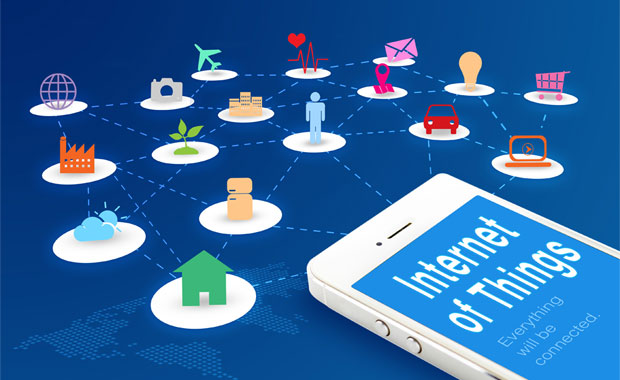Oracle recently announced a new connection between its Service and IoT clouds. That makes total sense to me. I bet a lot of folks think of the Internet of Things as those machines that do things directed by algorithms — and if so, they might wonder why they need to be connected to customer service, such an obviously human channel. It’s not off base, however.
Customer service for the foreseeable future will be an amalgam of human and automated service modes, each matched to need on a scale that’s sure to slide over time. Right now, the younger you are the more likely you are to use a variety of channels — like chat, social media and search — to find the help you need.
The older you are, the more likely you are to pick up a phone and call a vendor. Importantly, the older you are, the more discretionary income you’re likely to have as well, and that inspires vendors to exert themselves in service. For these reasons, I am not predicting the demise of conventional service just yet.
Same Paradigm
In any case, we’re only at a point where automated interactions are largely reactive, and we’re rapidly moving to a time when automated interactions will anticipate need at a personal level, and deliver information and assistance in a more conversational way.
I’ve been saying for some time that whatever we do in service to understand customers better will provide dividends when we start relying on machines more in the IoT. What I mean is that the paradigm looks much the same, whether the customer or the service agent is human or machine.
That’s right, the customer could be a machine too — we’re really talking about a consumer here. Customers have discretion to buy things, which implies they’re people and not machines, while consumers use products and services and can be either humans or machines.
What this also means is that the customer can own consumers, and it therefore would be incumbent on the vendor to service the consumer and the customer in very different ways.
Feedback Loop
There are two ways that I see good things possibly happening.
It’s highly useful to remember that although a vendor might use a machine — especially for triage or even more-detailed work — real people are on the other end of the communication. If we don’t present our machines as fully capable of interacting in a customer service situation, the tendency quickly will develop for people to avoid a channel. Rather than having a reliable channel, the vendor will discover it has an expensive and useless tech toy.
Another opportunity for businesses (and customers) to benefit from the marriage of service and IoT is in the feedback loop. No technology that we’re likely to encounter in our lives will be flawless, and feedback will be important — if for nothing else than to educate machine-learning algorithms.
Having the ability to see what customers do after a service encounter with or without a bot or a machine interaction will be key to this improvement.
Emotional Insights
The best feedback loop ever invented is the community. It enables real people to share ideas, and its output is to have those ideas validated, challenged, and improved by the group. Capturing that output has been quite good, although collecting qualitative data and reducing the noise is sometimes tedious. The IoT doesn’t have the same noise problem, but that’s not an unalloyed good.
Connecting IoT with service provides an analogous, though different, form of community. Like the “real thing,” this system can capture and analyze customer data and learn from it.
With the IoT, you get quantitative data in easily analyzed quanta — but the kinds of questions you can ask of the data are somewhat limited by the quantification. We get some of our best insights from our customers when we ask emotion-directed questions, such as “how do you feel…” or variations.
You don’t have the same opportunity with machines, because by definition they don’t have feelings. So it’s looking clear to me that even though we’re moving toward a more automated world, we’re not necessarily displacing people in the process.
We still need to use all of our wits to understand the vendor-customer relationship, so adding IoT to the service mix makes great sense.























































